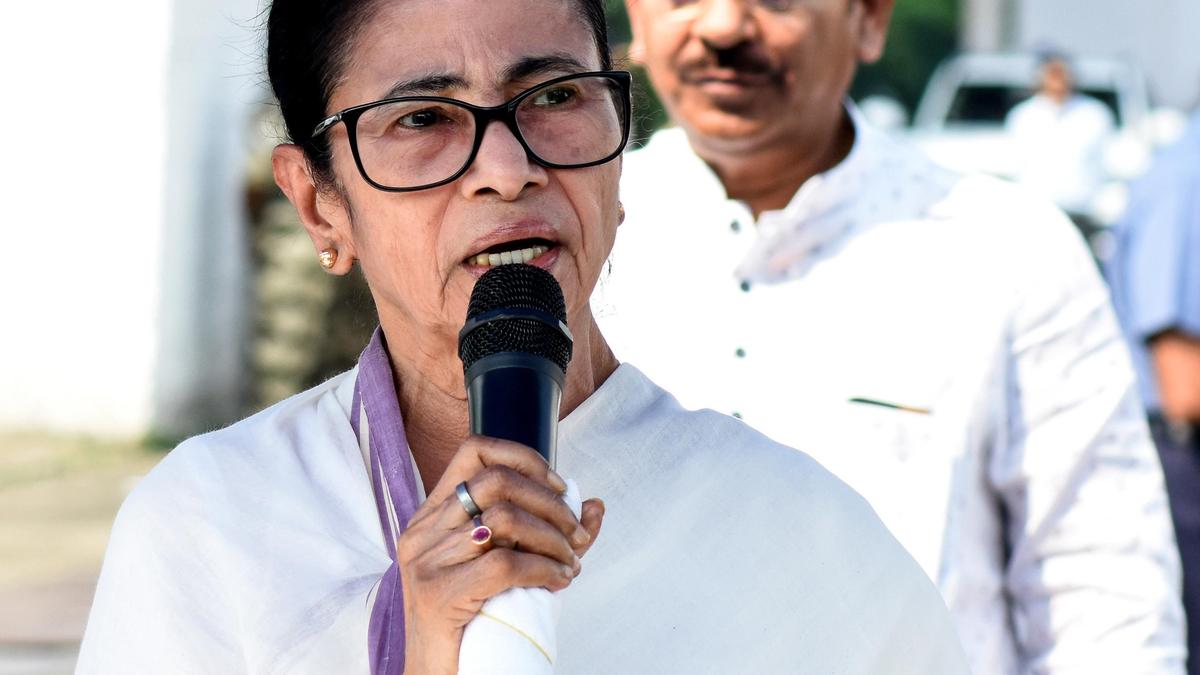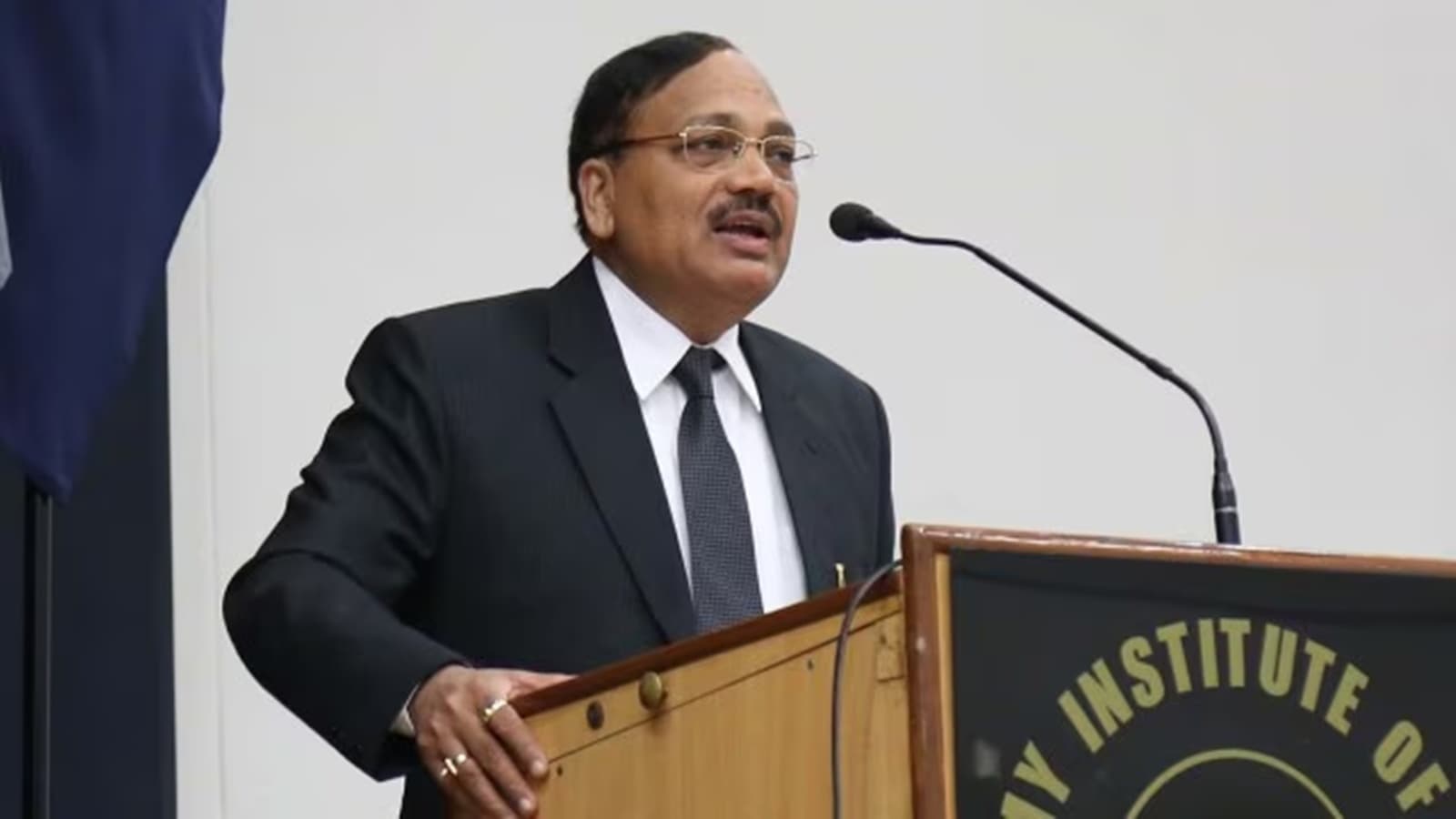Days after the RSS held 100 patha sanchalana (route marches) and events across Bengaluru on October 11, to mark its centenary, the Karnataka government issued an order to regulate the use of state-owned properties by private organisations.
On October 4, IT/BT and Rural Development Minister Priyank Kharge wrote to Chief Minister Siddaramaiah seeking a ban on the activities of the Sangh on the premises of government-run institutions as they are “contrary to India’s unity and the spirit of the Constitution.” The government order on October 18 did not directly mention the RSS. It sought to put riders on a broad spectrum of “private organisations/societies/trusts/clubs or any other entity registered/unregistered” using public spaces. In essence, it reiterated and consolidated existing rules. Mr. Siddaramaiah has been at pains to explain that the rules do not singularly target the RSS and that similar rules had been put in place during the BJP regime in 2013. However, the timing and sequence of events have made it difficult to delink the order from the Sangh.
October 18 was also marked by tension in Chittapur, Mr. Kharge’s constituency, as the Kalaburagi district administration denied permission for an RSS patha sanchalana the next day, citing law and order issues. The Bhim Army and the Bharatiya Dalit Panthers too had sought permission for marches along the same route the same day. Over the previous two days, Dalit groups had held protests in support of Mr. Kharge, who had been receiving abusive calls and threats from self-proclaimed “sanatanis” over his letter to the Chief Minister. The RSS has now rescheduled its march to November 2 and approached the High Court.
Amid the cacophony that included the suspension of two government employees for taking part in the RSS marches, one detail has gone under the radar — Mr. Siddaramaiah’s instruction to the Karnataka Chief Secretary to study the measures taken by the Tamil Nadu government to restrict the RSS’s activities.
There are, in fact, no specific “rules” in place in Tamil Nadu to curb RSS activities; rather, the Dravidian, anti-Brahmin movement has historically made it hard for the RSS to penetrate that region. This, in turn, has made it easier for the government to impose restrictions, despite a constant push back.
On the other hand, Karnataka has been fertile ground for the RSS ideology for a long time. In independent India, the Bharatiya Jana Sangh got vote shares of 2-5% in the elections as early as the 1950s, unlike Tamil Nadu, Andhra Pradesh, or Kerala, where Dravidian and communist currents held greater sway over society. It was only logical that the BJP formed its first government in south India in Karnataka. Though shrewd negotiations and realpolitik manoeuvers by B.S. Yediyurappa made this happen, it could not have occurred in an ideological vacuum. While the Sangh Parivar has ideologically captured coastal Karnataka for some time now, and has historically had a stronger base in the Mumbai-Karnataka region too, it is now gaining ground in Old Mysore districts such as Mandya, made easier by the BJP’s alliance with the JD(S), a regional party with a strong base in the region.
On the cultural front, a major current of Kannada sub-nationalism, which ran parallel to the freedom movement, was strongly influenced by Hindutva ideology, articulated by reinvigorating the Vijayanagar empire as a “Hindu kingdom.” Recently, International Booker Prize awardee Banu Mushtaq’s statement — that linking Kannada identity so closely with Hindu religious iconography is “exclusionary” — kicked up a storm. The RSS in Karnataka enjoys far greater cultural acceptance for its “discipline”, “selfless work”, and other such virtues attributed to its cadre, making its penetration into educational institutions go unchallenged.
What has fuelled this is also the ideological ambivalence or the non-confrontationist attitude of most Congress leaders to the RSS ideology. While a handful, including Mr. Siddaramaiah and Mr. Kharge, remain its bitter critics, others fall in a spectrum — from those who half-heartedly oppose it, to those who keep off it entirely, to those who can sound close to the RSS in their approach to religion
So, whether the government’s rules will hamper the RSS’s march will hinge less on the rules and more on the extent to which the Congress is willing to stand its ground.

 3 hours ago
5
3 hours ago
5









 English (US) ·
English (US) ·